By: Dr. W. Scott West, Chief Medical Officer, Nashville NeuroCare Therapy
According to the National Institute for Mental Health (NAMI), major depression is one of the most common mental disorders affecting people in the United States.
This past year, with rising death tolls and increased isolation due to the impact of COVID-19, depression rates have spiked higher than ever in recent history. Mental Health America (MHA) has published mental health statistics for the US in 2021, and the figures report increases in mental illness and major depression among adults, young adults, and youth alike:
- Even before the pandemic, mental illness was increasing among adults in the US. In 2017-2018, 19% of adults experienced a mental illness, which is an increase of 1.5 million people over the previous year’s dataset
- Among young adults, suicidal ideation is climbing. The percentage of young adults in the US who experience serious thoughts about suicide increased by an additional 460,000 people from the previous year’s dataset.
- Major Depression in youth has increased from 9.2% to 9.7% in the past year and climbs even higher for youth who identify as biracial: 12.4%.
With numbers like these, it is more likely than not that you or someone you know is living with depression. That being said, there are a few different types of depression and ways it can manifest differently in people:
Major Depressive Disorder (MDD) is characterized by “a persistent feeling of sadness and loss of interest” (Mayo Clinic). As opposed to general sadness, depression persists over time. It could be caused by various factors, from a traumatic life event to a naturally occurring imbalance of chemicals in the brain or a combination of the two.
Seasonal Affective Disorder, aptly nicknamed SAD, is depression that occurs only at certain times of the year. Though most commonly associated with the onset of winter with shorter daylight hours and colder weather, many people might also experience SAD during the summer months. Though SAD predictably appears and then dissipates as seasons change, it is still a serious disorder that deserves appropriate care and treatment.
Persistent Depressive Disorder (PDD), previously known as dysthymia or chronic depression, is “a depressed mood that lasts for at least two years” (NAMI). A person experiencing PDD often experiences more mild symptoms than those described by MDD. However, they might experience Major Depression interspersed, as well. Overall, someone with PDD experiences prolonged depressive symptoms for at least two years.
Postpartum Depression is so much more than just the “baby blues.” During their pregnancy or after giving birth, many women experience major depression that can further complicate the already challenging and tiring transition of adjusting to life with a new addition. Postpartum depression is marked by severe exhaustion and sadness, as well as sometimes rage, difficulty connecting to the new baby, and difficulty providing necessary care to the infant and themselves.
This list, however, is far from exhaustive. It’s important to note that comorbidity, or the presence of two or more diseases in a patient at one time, is very common with mental disorders. For instance, anxiety disorders and depression often go hand in hand, and other mental illnesses like Obsessive Compulsive Disorder (OCD), Bipolar Disorder, and eating disorders often occur alongside depression as well.
Though depression can take different forms, there are some shared symptoms and warning signs. Recognizing symptoms is very important so you can get the treatment you or someone you love deserves. According to Debra Fulghum Bruce, Ph.D., common signs of depression include:
- Difficulty focusing, remembering details, and making decisions
- Exhaustion and fatigue
- Feelings of helplessness and hopelessness
- Trouble sleeping or sleeping too much
- Out-of-character irritability
- Loss of interest in things once enjoyed
- Overeating or loss of appetite
- Physical pains such as digestive problems, aches and pains, or headaches
- Continual feelings of sadness and emptiness
- Suicidal ideation, plans, or attempts
While knowing how to spot signs of depression is important, it’s also important to know what to do once you recognize it. Did you know that “even in states with the greatest access [to care], over 38% [of youth] are not receiving the mental health services they need” and “among youth with severe depression, only 27.3% received consistent treatment” (MHA). Additionally, “23.6% of adults with a mental illness reported an unmet need for treatment in 2017-2018” (MHA). These numbers illustrate a serious gap between people in our country who need support for their mental health concerns and those who are actually receiving help.
There are plenty of treatments out there for depression. Cognitive Behavioral Therapy (CBT), medication, and exposure therapy are some of the most well-known treatments available. Finding a treatment plan that works for you might take time, and what works for somebody else might not be the right solution for you. The important thing is that there is relief out there for you, and the search is well worth the effort.
If you or someone you know has struggled to find relief from depression with their current treatment, it might be time to try TMS Therapy. TMS, short for Transcranial Magnetic Stimulation, uses innovative magnetic-pulse technology to activate centers of the brain that are under-firing in depressed brains. These centers control and regulate mood and behavior. A little stimulation from completely safe magnets can help jumpstart your brain’s ability to build and strengthen the neural pathways in these underactive parts of your brain. This treatment will help your brain learn to regulate moods on its own. TMS Therapy is a perfectly safe, comfortable, and is 100% medication-free way to treat the root cause of depression, not just the symptoms.
Patients who have had trouble combatting their depression with just talk therapy or who have found medication an unviable solution often find success with TMS Therapy. If medication is not working for you, the American Psychiatric Association (APA) recommends Transcranial Magnetic Stimulation (TMS) Therapy as an alternative treatment.
Share the gift of hope with someone you love today and share this article. TMS Therapy could be the missing piece of their depression treatment plan. Contact our office to set up a free TMS therapy screening today.


